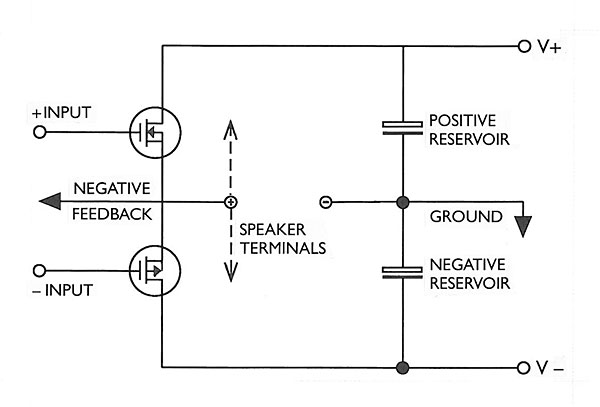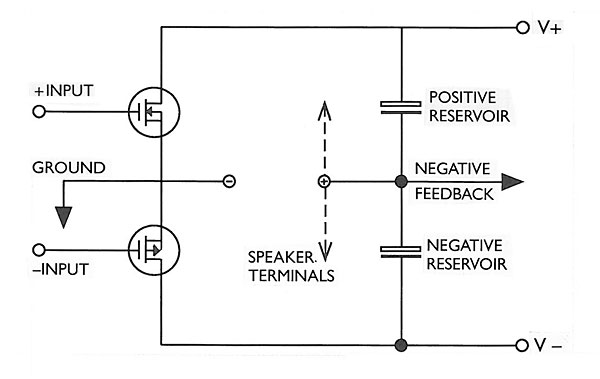| Columns Retired Columns & Blogs |
All these walks down memory lane make me think that, perchance, the state of the art in audio has not advanced too much. I get growing hints with these articles that perhaps I should look on eBay and elsewhere for pennies-on-the-dollar bargains (and someone to install new capacitors), instead of paying thousands, if not tens of thousands, more for successor "new gear."
Capacitors can be replaced if one finds a competent technician--and we have them in large metros. Speaker drivers can be replaced.
Are we not being told that only the Nissan 280Z, or post-1984 Corvettes, were classics that merit refurbishment, for a huge bargain, rather than paying thousands more for products that are "newer," but offer not much else on the performance front?
Worse, perhaps these articles tell us that not much has changed at all? Is the 1980s, 1990s CRT TV but still a CRT TV in new trappings in its audio, 2016 equivalent? Meanwhile, we have phones that outshine their Assembler Language counterparts of the Apollo age. We have 50" LED TVs that on a good day cost a fraction at a big-box retailer, and offer multiples of performance of their CRT 110-pound predecessors of 10-15 years ago.
Keep the articles coming. I keep thinking. Based on a recent article a significant musician, interviewed in this publication, has also thought, and opted for keeping 20-year old gear in favor of "mortgaging a house" on the latest and greatest.








































